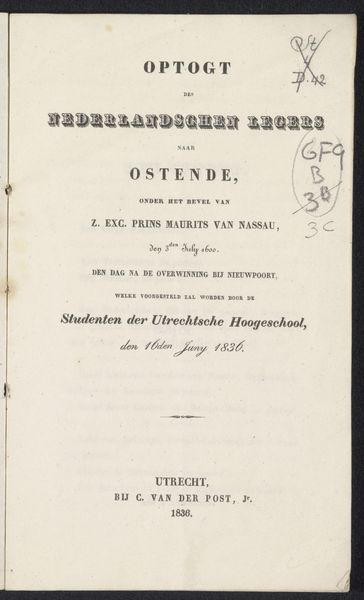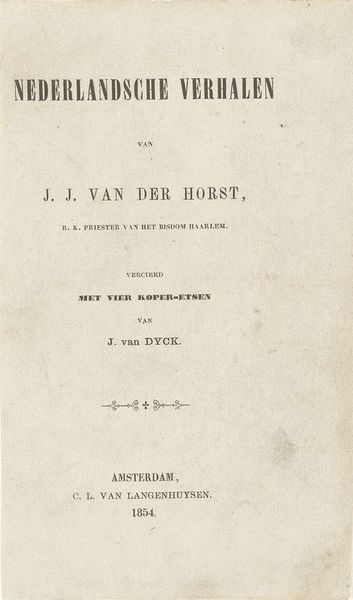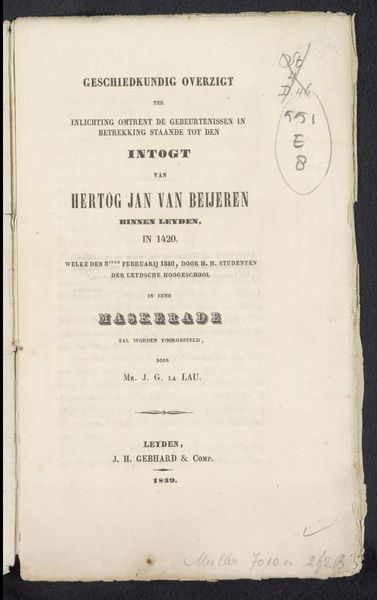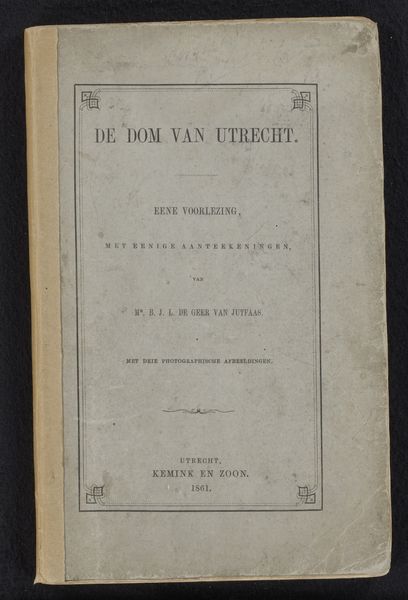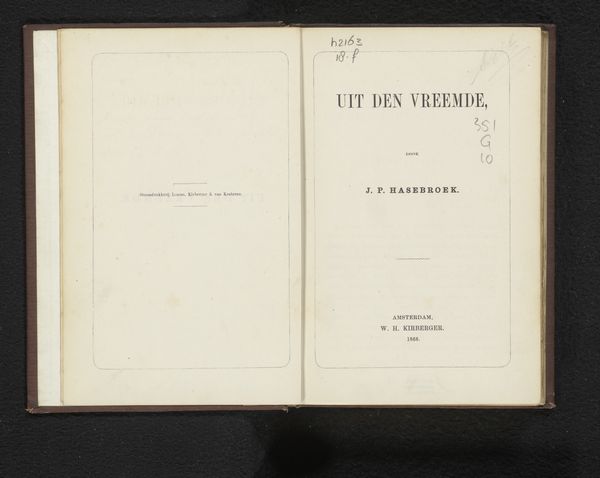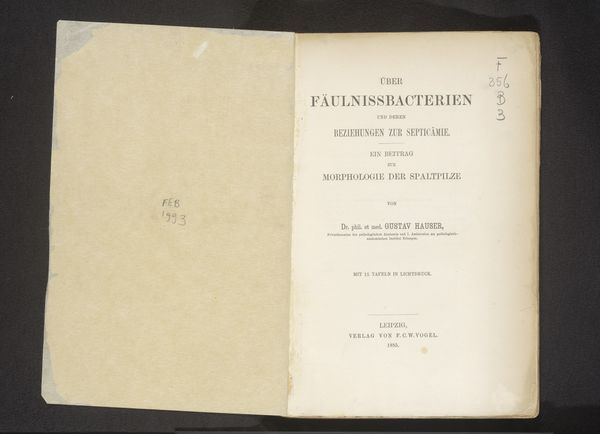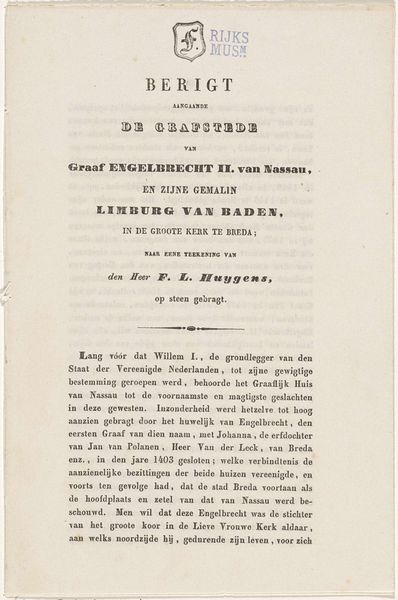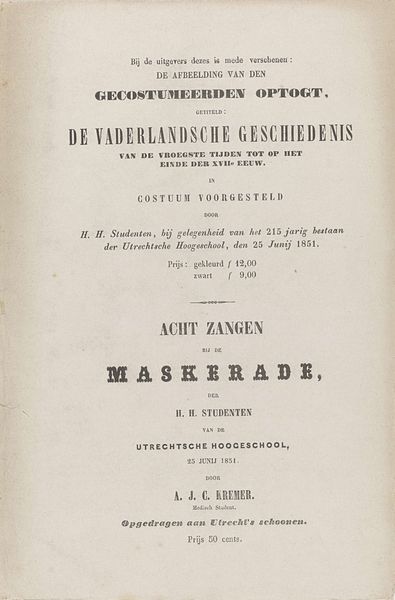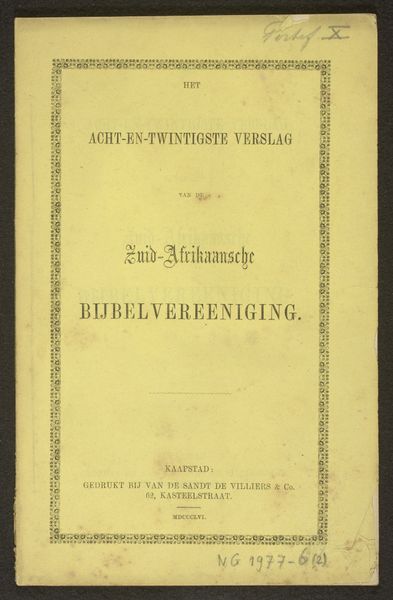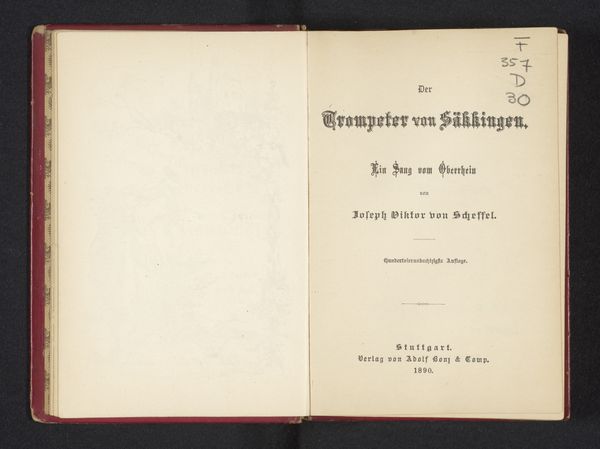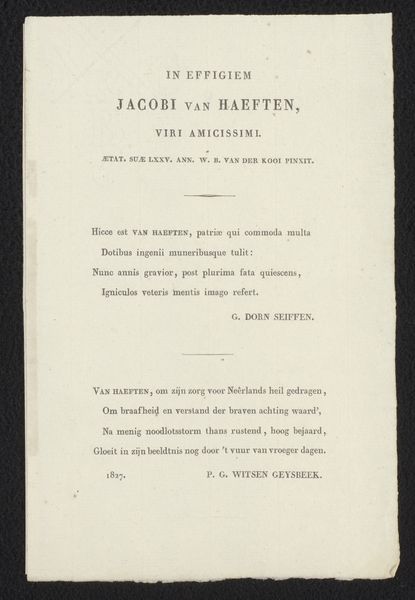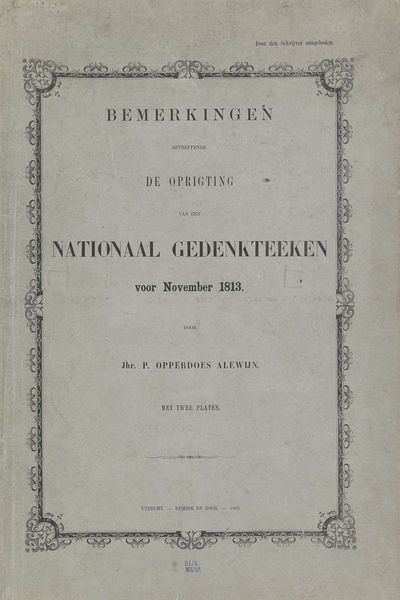
Ophelderingen omtrent den intogt van Hertog Jan van Beijeren in Leiden op den 18den Augustus 1420. 1840
0:00
0:00
print, typography, poster
#
dutch-golden-age
# print
#
typography
#
poster
Dimensions: height 230 mm, width 140 mm
Copyright: Rijks Museum: Open Domain
Curator: Here we have "Ophelderingen omtrent den intogt van Hertog Jan van Beijeren in Leiden op den 18den Augustus 1420," created in 1840 by P.H. van den Heuvell. Editor: The typography creates a very austere and imposing effect. The layout, very symmetrical and hierarchical, does suggest formality. I notice water damage to the paper, an aged or stained appearance that might evoke melancholy or nostalgia, doesn't it? Curator: Indeed, that "stain" serves as a historical marker. What were the print production capabilities, circulation of poster and typography making use of then at the time this broadside was being distributed? These factors shape the social context surrounding its consumption and the distribution of knowledge to the public. Editor: Absolutely, though you can also approach this with attention to the details of lettering styles: consider the deliberate choice of typeface, perhaps reflecting neoclassicism and lending authority to the depicted event. The variation in font size signals levels of importance as well, establishing a visual hierarchy. Curator: It's a fascinating piece of ephemera that bridges the medieval with 19th-century Dutch society. The very act of commemorating this event some four hundred years later is intriguing, and speaks to Leiden’s historical identity being actively (re)constructed through its commission. Editor: I wonder if it’s fair to regard typography itself as art; even here the spacing creates a cadence that adds artistic weight to historical announcement and reference point that invites us to consider questions and possibilities for cultural meaning in terms of visual aesthetics and the transmission of historical narratives, especially the reception of medieval events and their cultural meanings. Curator: That is well stated, and as typography provides historical record about craft knowledge systems, we would be remiss to exclude it from art, cultural identity, material, and the artist! Editor: The nuances in its materiality create such interesting lines for exploration—thank you for your time and contribution. Curator: And thank you—perspective is indeed everything.
Comments
No comments
Be the first to comment and join the conversation on the ultimate creative platform.
